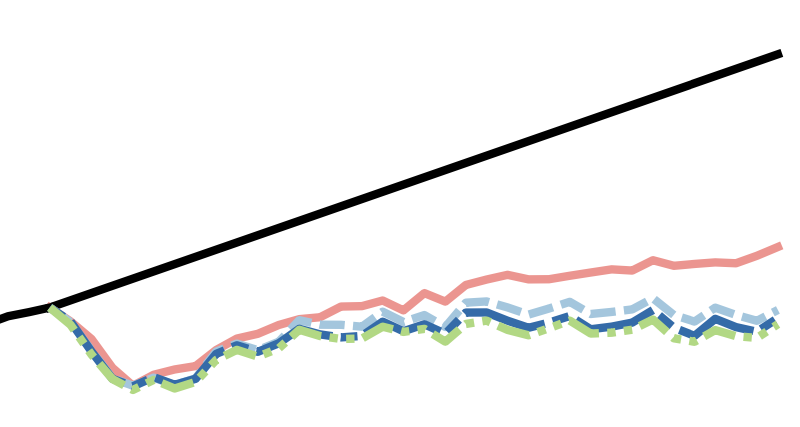Abstract
Uncertainty still remains as to the cause of the UK’s dramatic productivity puzzle that began during the Great Financial Crisis. Occupational mismatch has been implicated as driving up to two thirds of it. However, obtaining the high quality time series data for vacancies by job occupation that are required to measure occupational mismatch is a significant challenge. We confront this issue by using a weighted dataset of 15 million job adverts posted online that cover most of the post-crisis period and that enable us to test whether occupational mismatch still stands up as an explanation for the UK productivity puzzle. We find little evidence that it does, mainly because, relative to the data used in similar analysis by Patterson et al. (2016), our vacancy data imply greater heterogeneity in occupational matching frictions, a key determinant of the optimal distribution of labour across job types.
Citation
@article{turrell2021uk,
title={Is the UK’s productivity puzzle mostly driven by occupational mismatch? An analysis using big data on job vacancies},
author={Turrell, Arthur and Speigner, Bradley and Copple, David and Djumalieva, Jyldyz and Thurgood, James},
journal={Labour Economics},
volume={71},
pages={102013},
year={2021},
publisher={Elsevier}
}